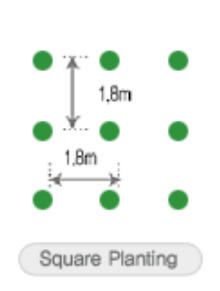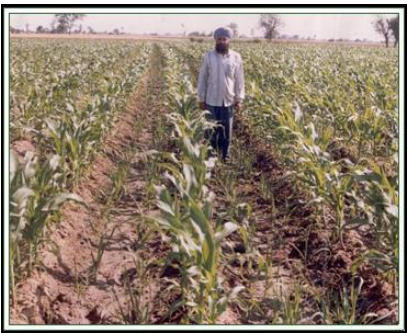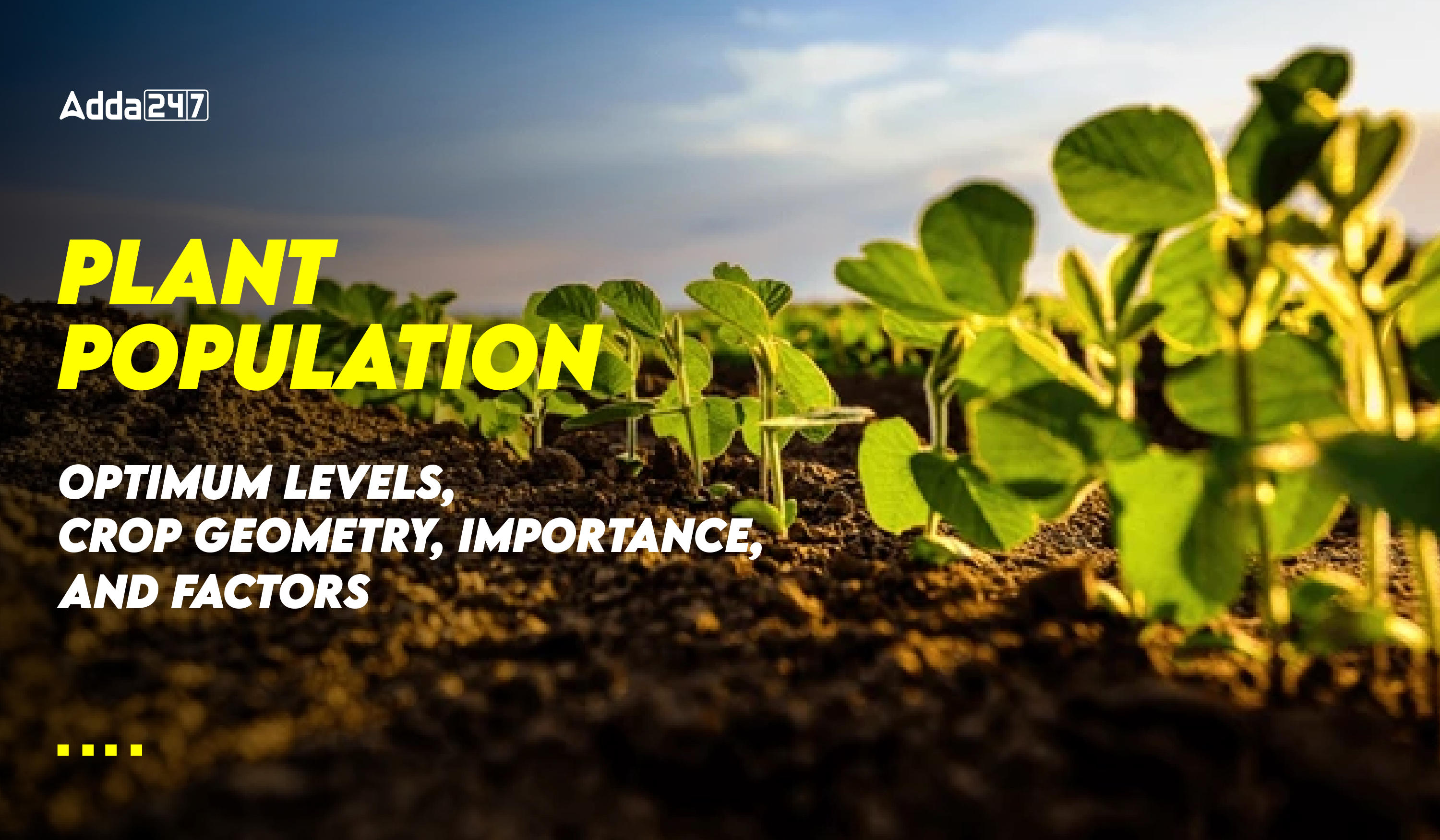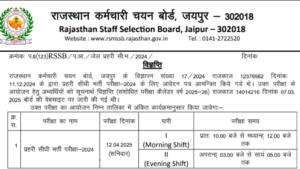Table of Contents
Plant population, or plant density, refers to the number of plants grown in a specific area of a field. This is important because having the right number of plants helps them get enough light, water, and nutrients, which can lead to better growth and higher yields. If too many plants are crowded together, they might compete for these resources and not grow as well. In this article, we’ll look into how to determine the best plant population, why it matters, and what factors can affect it.
Optimum plant population
The optimum plant population is the ideal number of plants that should be grown in a specific area to get the best possible yield or growth. At this perfect number, plants can use resources like light, water, and nutrients efficiently, leading to the highest possible output. If too many plants are grown in the same space, they start to compete for these resources, which can reduce their growth and overall yield.
Effects of Exceeding Optimum Population: Adding more plants beyond this optimal level does not lead to increased biomass and can reduce it. Excessive plant density can cause overcrowding, leading to competition for essential resources like light, water, and nutrients, which ultimately hampers plant growth and decreases overall yield.
Crop Geometry
Crop geometry refers to the arrangement of plants in rows and columns within a field to make the best use of natural resources. It determines how much space each plant occupies, such as in rice where plants might be spaced 20 cm apart in one direction and 15 cm apart in the other. Proper crop geometry helps plants get the most out of resources like light, water, nutrients, and space. Different arrangements can be used depending on the crop to improve growth and yield.
Importance of plant population/crop geometry
- The yield of any crop depends on the final plant population
- The plant population depends on germination percentage and survival rate in the field
- Under rain-fed conditions, a high plant population will deplete the soil moisture before maturity, whereas a low plant population will leave the soil moisture unutilized
- When soil moisture and nutrients are not limited high plant population is necessary to utilize the other growth factors like solar radiation efficiently
- Under low plant population, individual plant yield will be more due to wide spacing.
- Under high plant population, individual plant yield will be low due to narrow spacing leading to competition between plants.
- Yield per plant decreases gradually as plant population per unit area is increased, but yield per unit area increases up to a certain level of population That level of plant population is called as optimum population.
- So to get maximum yield per unit area, optimum plant population is necessary. So the optimum plant population for each crop should be identified.
Factors Affecting Plant Population
Plant population is influenced by a variety of factors. Understanding these factors is important for optimizing crop yield and ensuring healthy plant growth. Genetic factors determine how many plants can be effectively spaced in a given area. Environmental factors also play a significant role in impacting plant density and overall crop performance.
Genetic Factors
- Size of the plant
- Elasticity of the plant
- Foraging area or soil cover
- Dry matter partitioning
Environment Factors
- Time of sowing
- Rainfall / Irrigation.
- Fertilizer application
- Seed rate
Let’s learn about each factor in detail.
Genetic Factors
Size of the plant
- The volume occupied by the plant at the time of flowering decides the spacing of the crop.
- Plants of red gram, cotton, sugarcane, etc occupy a larger volume of space in the field compared to rice, wheat, and ragi.
- Even the varieties of the same crop differ in size of the plant.
Elasticity of the plant
- Variations in the size of the plant between the minimum size of the plant can produce some economic yield to the maximum size of the plant that can reach under unlimited space and resources is the elasticity of the plant.
- The optimum plant population range is high in indeterminate plants. Eg : Opt. population range for red gram is 55000-133, 000 plants/hectare.
- The elasticity is due to the tillering and branching habit of the plants.
- For determinate plants like bajra, the sorghum elasticity range is less.
- For indeterminate plants like cotton and red gram more branches will be produced the crop.
Foraging area or soil cover
- Should cover the soil as early as possible so as to intercept maximum sunlight
- The higher the intercepted radiation more the dry matter produced
- Close-spaced crops intercept more Solar radiation than wide-spaced crops
Dry matter partitioning
- Dry matter production is related to the amount of solar radiation intercepted by the canopy which depends on plant density.
- As the plant density increases the canopy expands more rapidly, more radiation is intercepted and more dry matter is produced.
Crop and Variety
| Crop | Duration/Type | Spacing (cm) | Plant Population per Hectare (pl/ha) |
|---|---|---|---|
| Rice | Short Duration | 15 x 10 | 666,666 |
| Medium Duration | 20 x 10 | 500,000 | |
| Long Duration | 20 x 15 | 333,000 | |
| Cotton | Medium Duration | 60 x 30 | – |
| Long Duration | 75 x 30 | – | |
| Hybrids | 120 x 45 | – | |
| Maize | Varieties | 60 x 20 | – |
| Hybrids | 60 x 35 | – |
Environmental Factors
Time of sowing
- The crop is subjected to various weather conditions when sown at different periods.
- Among weather factors, day length and temperature influence the plant population. As low temperature retards growth, high plant population is required to cover the soil
Rainfall / irrigation
- Plant population has to be less under rainfed than irrigated condition.
- Under more plant densities, more water is lost through transpiration.
- Under adequate rainfall / irrigation, high plant population is recommended.
Fertilizer application
- Higher plant population is necessary to fully utilize higher level of nutrients in the soil to realize higher yield.
- Nutrient uptake increases with in plant population
- High population under low fertility soil leads to nutrient deficiency symptoms leading low yield
Seed rate
- Quantity of seed sown/unit area, viability and establishment rate decides the plant population Under broadcasting the seed rate is higher when compared with line sowing/transplanting, e.g. for rice
| Crop | Sowing Method | Seed Rate (kg/ha) |
|---|---|---|
| Rice | Direct Sowing | 100 |
| Line Sowing | 60 | |
| Transplanting | 40 |
Different Crop Geometries for Crop Production
Crop geometry refers to the arrangement of plants within a field to maximize the use of resources such as light, water, and nutrients. The layout and spacing of crops play a crucial role in optimizing growth and yield. Different crop geometries are discussed below:
Broadcasting
Results in random geometry, no equal space is maintained, resources are either under
exploited or over exploited.
Square method or square geometry
The plants are sown at equal distances on either side. Mostly perennial crops, tree crops follow square method of cultivation.

Rectangular method of sowing
There are rows and columns, the row spacing are wider than the spacing between
plants. The different types exist in rectangular method
a) Solid row – Each row will have no proper spacing between the plants. This is followed only for annual crops which have tillering pattern. There is definite row arrangement but no column arrangement, e.g., wheat.
b) Paired row arrangement – It is also a rectangular arrangement. It a crop requires 60 cm x 300 m spacing and if paired row is to be adopted the spacing is altered to 90 cm instead of 60 cm in order to accommodate an intercrop. The base population is kept constant.

(Paired Row Arrangement)
c) Skip row – A row of planting is skipped and hence there is a reduction in population. This reduction is compensated by planting an intercrop; practiced in rainfed or dryland agriculture.
d) Triangular method of planting – It is recommended for wide spaced crops like coconut, mango, etc. The number of plants per unit area is more in this system.




 Rajasthan Jail Prahari Admit Card 2025 a...
Rajasthan Jail Prahari Admit Card 2025 a...
 BHU Junior Clerk Recruitment 2025, Last ...
BHU Junior Clerk Recruitment 2025, Last ...
 Beltron DEO Result 2025 Out Today, Downl...
Beltron DEO Result 2025 Out Today, Downl...


 Adda247 Job portal has complete information about all Sarkari Jobs and Naukri Alerts, its latest recruitment notifications, from all state and national level jobs and their updates.
Adda247 Job portal has complete information about all Sarkari Jobs and Naukri Alerts, its latest recruitment notifications, from all state and national level jobs and their updates.